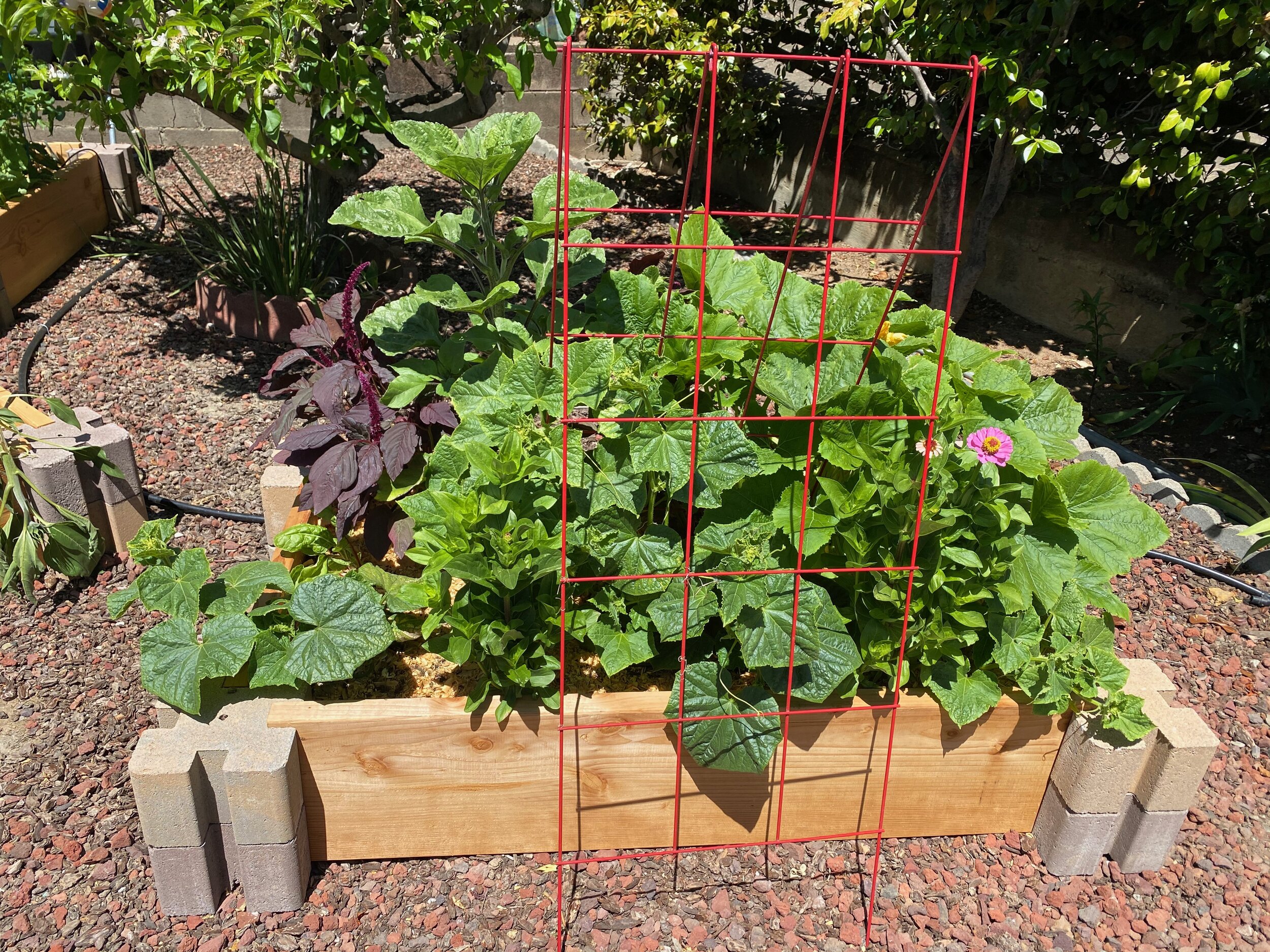by Kelly Knight, Marketing Manager for The Good Table
In the Garden
In Northern California, we don’t really have super defined seasons. We have basically:
Rain if we’re lucky
Rain and fog
More fog, and hopefully some rain
A couple nice weeks in April
Fog
A couple nice weeks in June
Festive Fourth of July Fog (fireworks look like balls of colored light)
Armpit August
Fire Season
More Fire Season
Really tired of Fire Season
It rains again, finally, and it’s Christmas
I’m not complaining. I really love the fog and our funky little micro-climates. But I do miss the more defined seasons in the east, where a lived for a bit.
Here are some recommendations from Fine Gardening on what we can be doing to prepare the garden going into fall and winter, from Fionuala Campion, the owner and manager of Cottage Gardens of Petaluma in Petaluma, California:
Divide and transplant perennials. With milder temperatures minimizing transplant shock and ensuring a quicker recovery, it’s the ideal time to divide overgrown spring- and summer-blooming perennials. Prune back by half to reduce moisture loss through transpiration and carefully dig around the plant, leaving as large a root ball as possible. Gently lift the clump and check for obvious separation points, dividing it into several smaller ones. Discard older, weaker, or unhealthy parts of the plant, and replant the newly divided plants directly into the garden (or pots if you plan on sharing). Of course, you’ll have prepared the area beforehand by amending with organic compost and adding a handful of organic high-phosphorous fertilizer to help your new plants quickly become established. Water thoroughly and directly after planting.
Add winter and spring interest now. Continue to source and plant spring-blooming bulbs and fall- and winter-blooming annuals to brighten up your borders and containers all winter long.
Plant cool-season crops. Many vegetable crops thrive in cooler temperatures and some–like the brassicas–increase in sweetness when touched by frost. To get them off to an excellent start, plant transplants of your favorite broccoli, cauliflower, Brussel sprouts, and kohlrabi varieties. They’ll be ready for the dinner plate by February. Transplants of leafy greens are even quicker to mature. You’ll start harvesting Swiss chard, spinach, mustards, and kales by December. Continue direct seeding peas, parsnips, turnips, carrots, radishes and beets. For more veggies to grow now and growing tips, read on here.
Make sure to tidy up for winter. October means it’s time to reduce potential overwintering hiding places for slugs, snails, and insects by picking up overturned pots, dropped branches, and other garden debris in the ornamental and veggie garden. Continue to rake fallen leaves and pull weeds and spent annuals and vegetable plants. Add them all to the compost pile or your green waste bin if you suspect disease issues. Dig in rich, organic compost to any empty ornamental or edible garden beds.
Image Courtesy Fionuala Campion

















